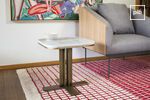Marble dining tables
Marble dining tables offer a strong visual presence in the dining room. Each model is based on a balance between a mineral surface and a contrasting base, often in metal or wood. This dense material imposes a certain visual and physical stability, while structuring space. Whether round or rectangular, a marble dining table organizes the room around a fixed center, suitable for everyday meals as well as more occasional use. Marble, natural or composite, blends in with sober, luminous or textured decors.
read more >Filters
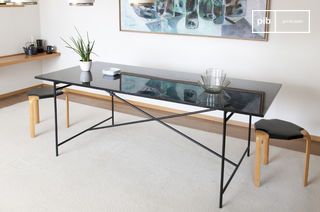
Black marble tableThorning
£1925 £1730-10%
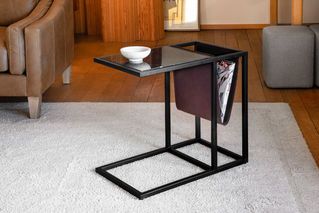
Marble magazine tableNoora
£395 £360-10%
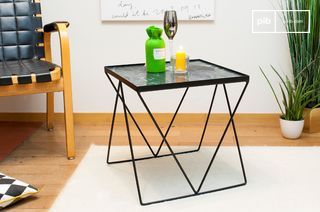
Small green marble tableBumcello
£315 £285-10%
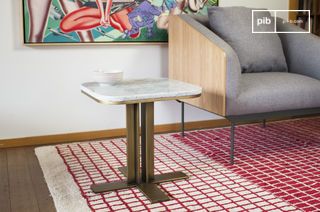
White marble side tableCarrera
£590 £530-10%
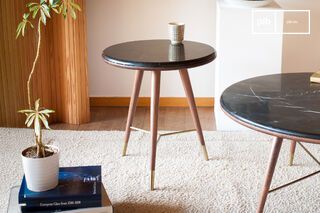
Black marble end tableSivart
£460 £415-10%
10 festive days
10% off our tables and consoles
Welcome your guests in style · Limited stock
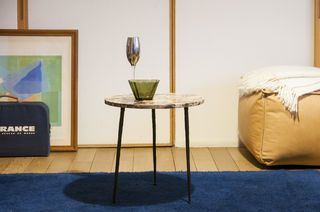
Marble side tableVilma
£305 £275-10%
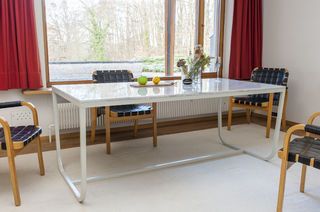
Nordic marble dining tableGällo
£2045 £1840-10%
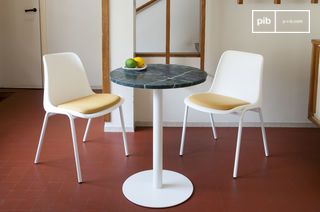
Green marble bistro tableLasby
£510 £455-10%

The functional specifics of a marble dining table
Choosing a marble dining table involves taking into account the material's own characteristics. Dense and rigid, it enables the manufacture of tops with clean edges and no bending. This guarantees perfect stability, even on large formats. Marble also has low thermal conductivity, meaning that its surface remains cool to the touch. This parameter can be important, depending on the intended use. Finally, the polished version facilitates daily maintenance, provided you avoid acidic products.
Variety of compositions and visual impact
The marble used in these tables can be natural (such as Carrara, Indian or Greek marble) or composite, i.e. reconstituted from stone powder and resin. The choice of material influences not only visual appearance (veining, nuances, matte finish), but also weight and strength. Some models combine a marble top with a lighter base in tubular metal or turned wood. This combination reduces perceived mass while preserving a strong contrast effect.
Agency, space and style coherence
A marble dining table fits naturally into well-defined interiors, often marked by sober or architectural furniture. Its static character invites you to structure the layout around its fixed location. We recommend setting back the table by around 70 cm to ensure circulation. Round models promote visual fluidity, while rectangular formats fit more easily into narrow rooms. In all cases, marble imposes a certain consistency of surrounding materials: raw metal, natural wood, leather or thick textiles.
The marble dining table is not a secondary piece of furniture. It imposes a rhythm, conditions movements and attracts the eye. It's better to use it as a structuring element than to try to neutralize it in a composite decor.
The marble dining table is not a secondary piece of furniture
